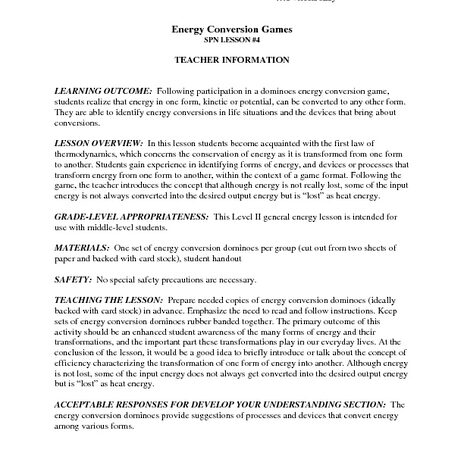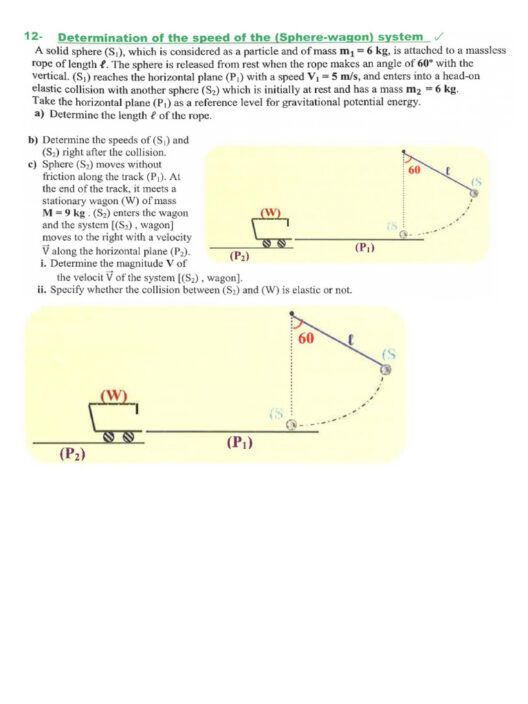In a world increasingly characterized by the looming specter of climate change and the gradual depletion of natural resources, education emerges as a beacon of hope. Energy conservation is not merely a buzzword; it encapsulates an ethos that beckons individuals, especially the younger generation, to foster a sense of responsibility towards the environment. One of the most effective methods to instill this ethos is through engaging and interactive energy conservation games that educate while they entertain.
Think of energy as the lifeblood coursing through the veins of civilization. Every action, from illuminating a room to powering a computer, draws upon this precious ebb and flow of energy. But what if we could turn the complex interplay of energy consumption and conservation into a playful endeavor? Games that focus on energy conservation perform this remarkable transformation, creating an entertaining vessel for imparting vital lessons about sustainability.
At the core of these energy conservation games lies an innovative approach to learning. These games often simulate real-world scenarios where players must make decisions that affect energy usage. For instance, imagine navigating through a virtual neighborhood where choices, such as selecting energy-efficient appliances or reducing water consumption, culminate in the achievement of higher game levels. This form of gamification imbues traditional educational concepts with excitement, encouraging players to pursue knowledge actively.
Moreover, the unique appeal of energy conservation games lies in their ability to foster critical thinking. Players learn to navigate dilemmas reminiscent of real-life challenges. Should they invest in solar panels, or is attending a community energy audit more impactful? Such decisions correlate with tangible concepts of energy conservation, propelling players towards a deeper understanding of the subject matter. This interaction draws a parallel between gameplay and life, teaching young minds that choices, no matter how trivial they may seem, wield significant repercussions.
These games are not merely isolated activities; they possess the power to galvanize group participation. When played in classrooms or community settings, energy conservation games transform into collaborative endeavors that promote teamwork. Picture a classroom divided into teams, each tasked with reducing their collective energy footprint. The spirited competition that ensues mirrors the urgency of current global energy issues, while providing students a chance to devise strategies that yield creative solutions.
Furthermore, the integration of technology into these games enhances their appeal. With the ubiquity of smartphones and tablets, energy conservation can be taught through mobile applications that enable immersive experiences. Augmented reality features allow players to visualize the impact of their energy choices, bringing the consequences of conservation efforts and wastage into sharp relief. This intersection of gaming and technology serves as a potent catalyst for learning in the modern age.
However, the allure of energy conservation games extends beyond mere gameplay mechanics. They imbue profound lessons that transcend the confines of the digital realm. For example, consider the concept of energy audits, a pragmatic exercise where individuals assess their energy consumption patterns. Such lessons stay with players long after they’ve logged off, influencing their habits and choices in real life. By gamifying these discussions, the complexities of energy policies, conservation strategies, and sustainability practices become accessible to all age groups.
The environmental ramifications of these educational initiatives are immense. As the players engage with energy conservation practices through interactive play, they invariably become ambassadors for sustainability in their communities. Armed with newfound knowledge, individuals may spearhead initiatives like energy audits in their homes or schools, effectively translating game strategies into real-world actions. This transformation mirrors the tenets of environmental stewardship; a commitment fortified through education and experience.
The pathway toward energy conservation is fraught with challenges, yet energy conservation games illuminate the road less traversed. They initiate dialogues about energy efficiency, inspire renewable energy advocacy, and engage players in critical thinking about real-world implications. By establishing a fertile ground for collaborative problem-solving, these games empower individuals to challenge the status quo and envision a sustainable future.
In conclusion, energy conservation games provide a multifaceted approach to understanding and implementing energy-saving practices. They blend education and entertainment, crafting a narrative where learning becomes an adventure, and awareness cultivates responsibility. Through creativity, collaboration, and critical thinking, these engaging platforms nurture a generation that will seamlessly integrate conservation principles into their daily lives. By transforming learning into play, we can inspire a formidable movement that champions sustainability, resonating far beyond the gaming landscape and into the very fabric of our communities.








